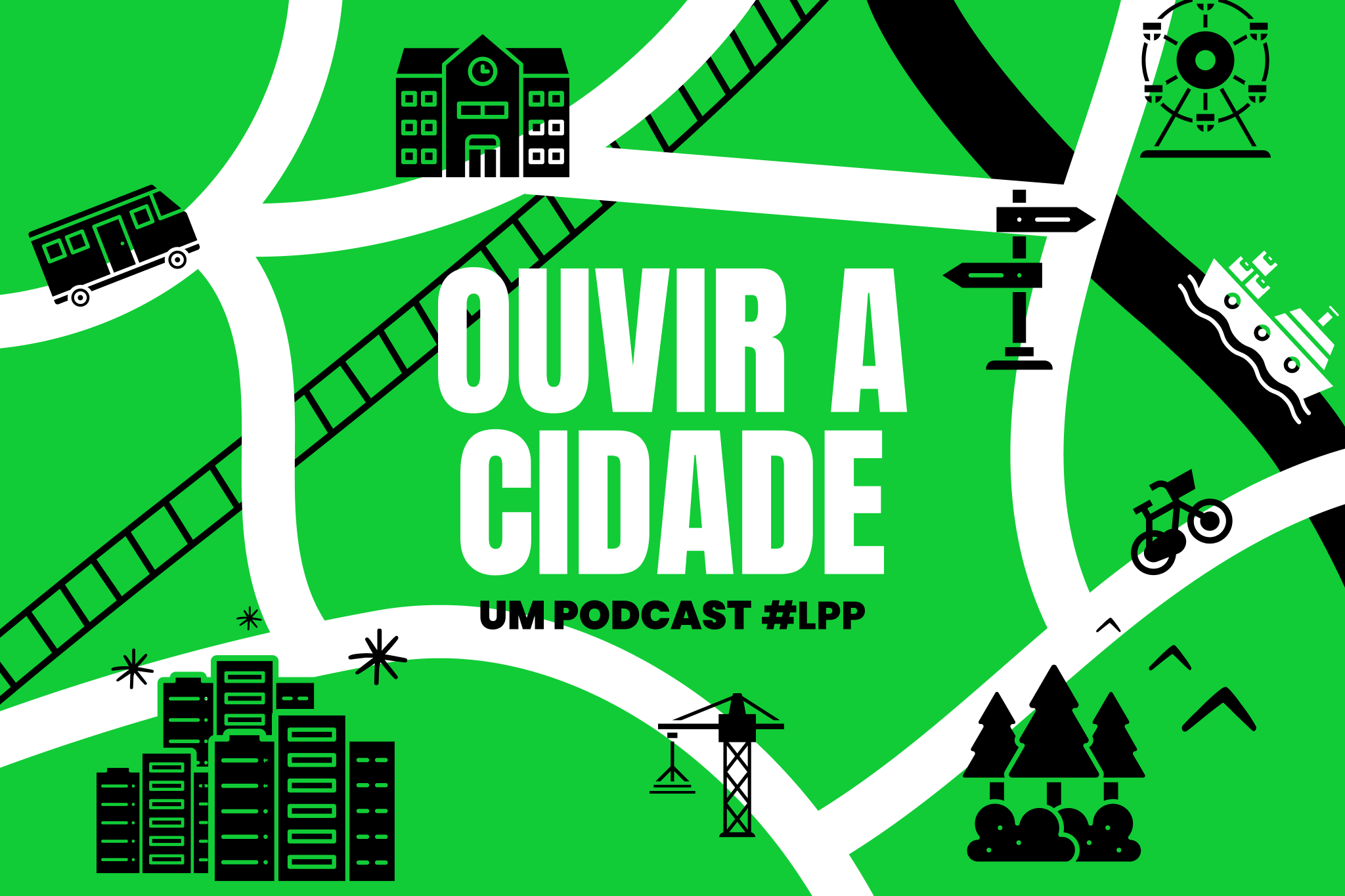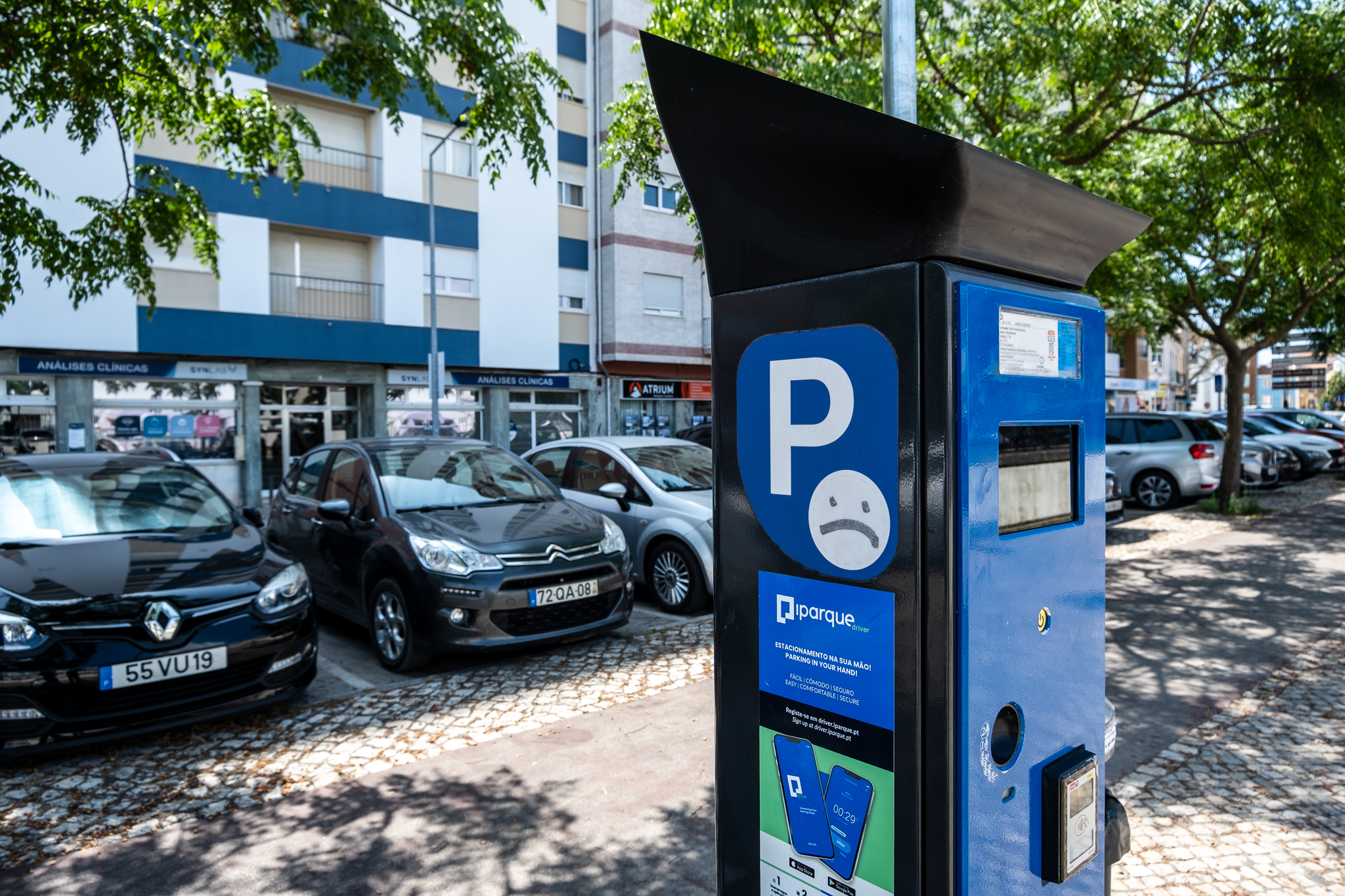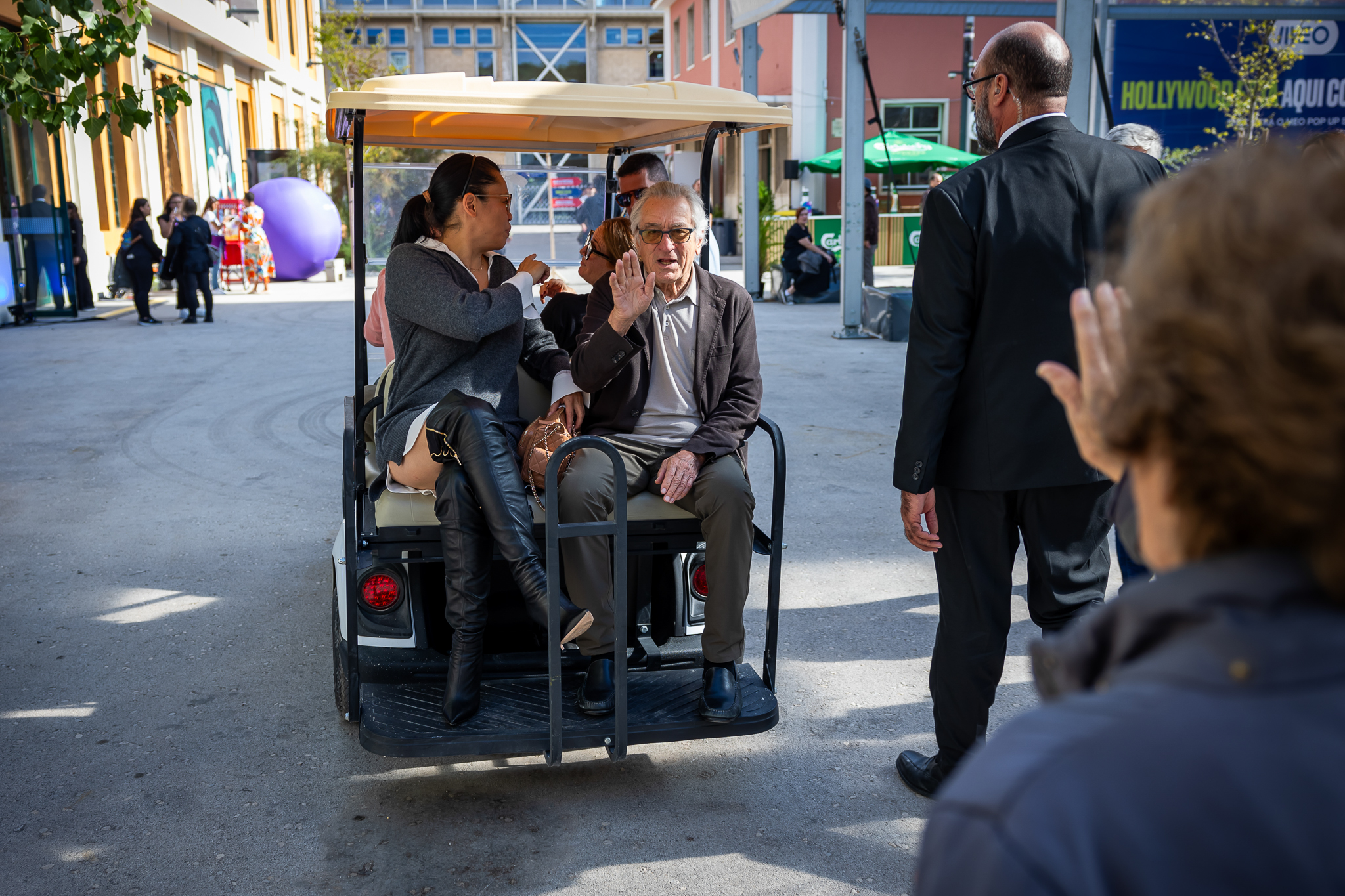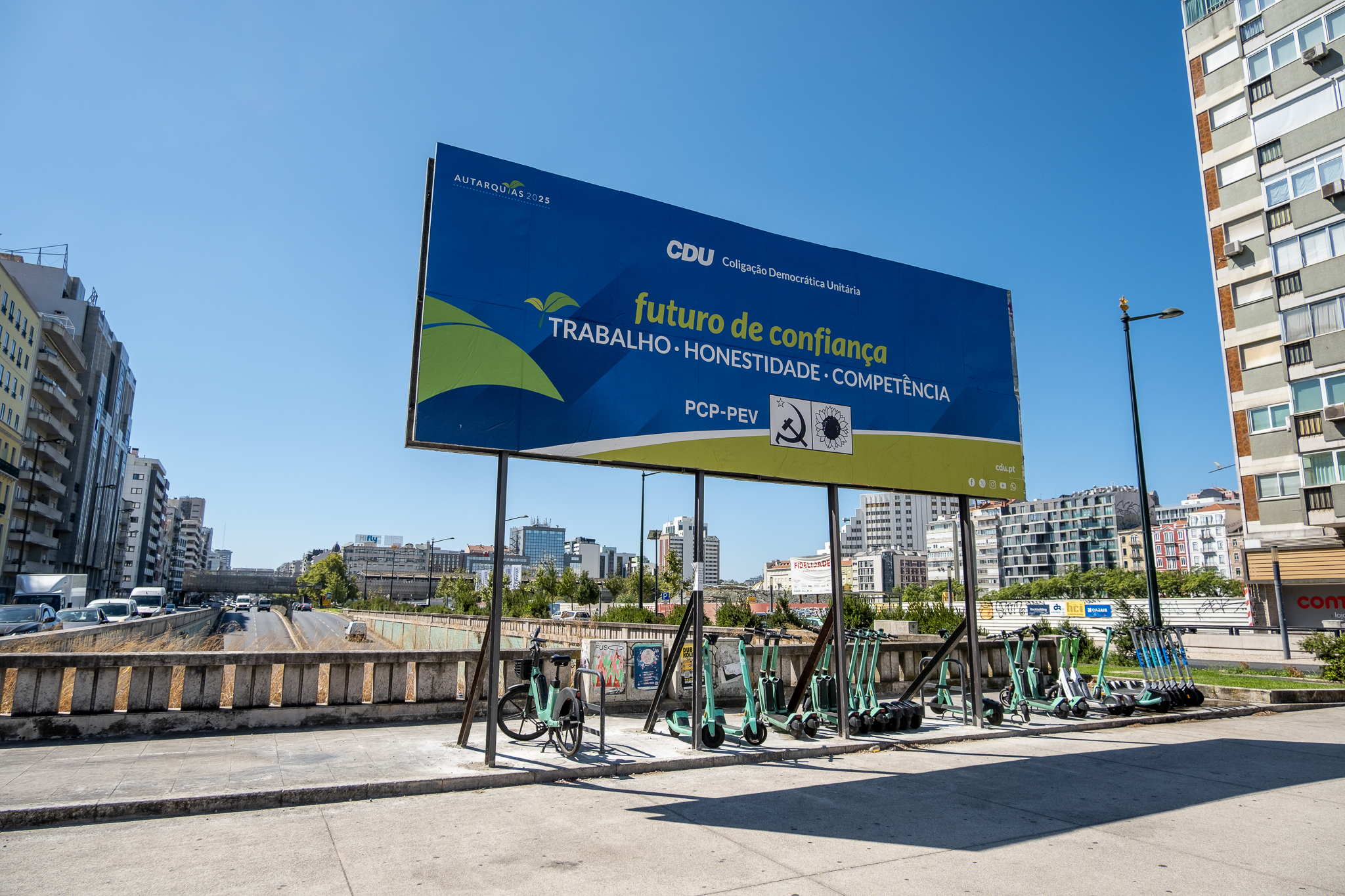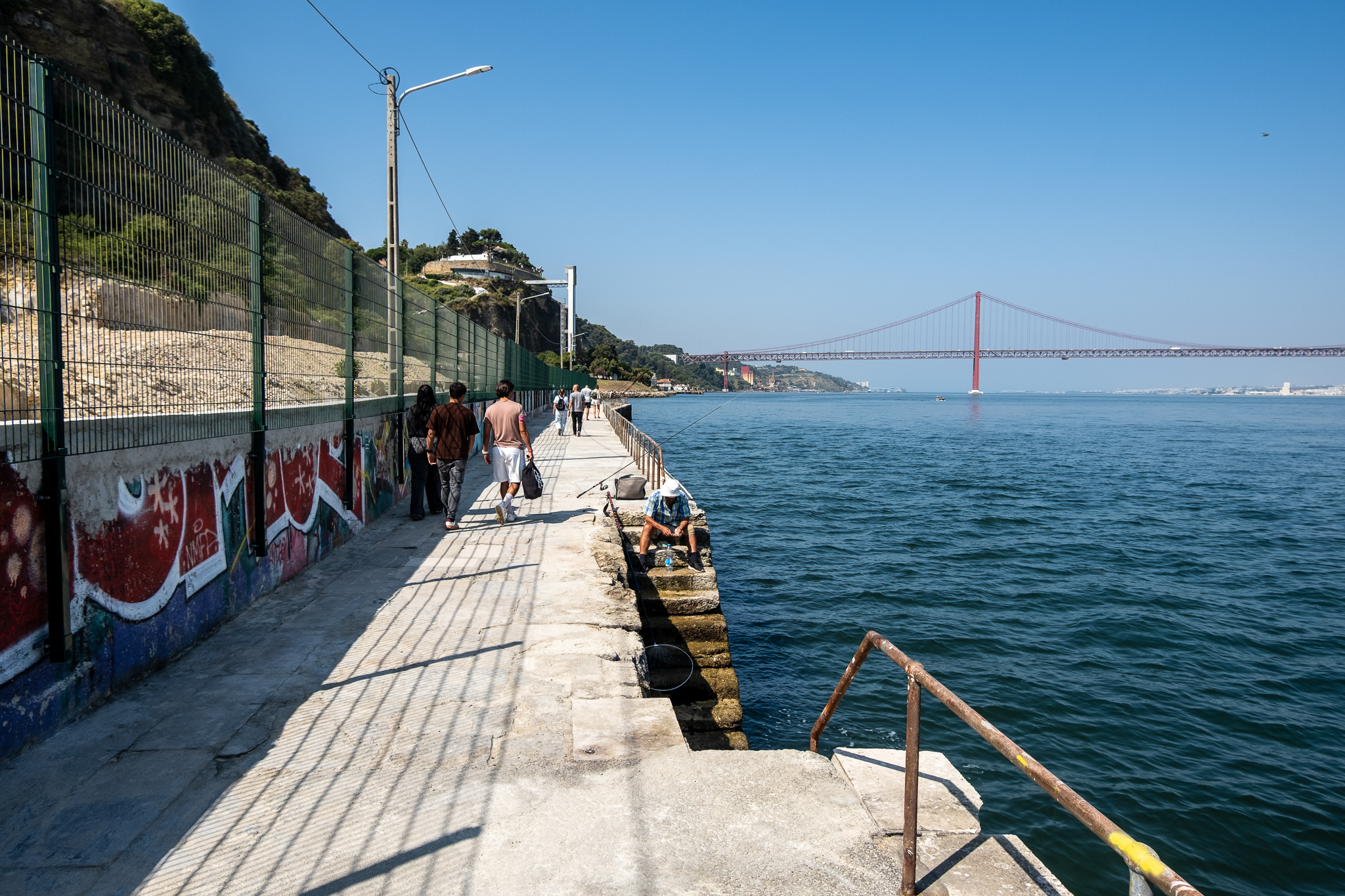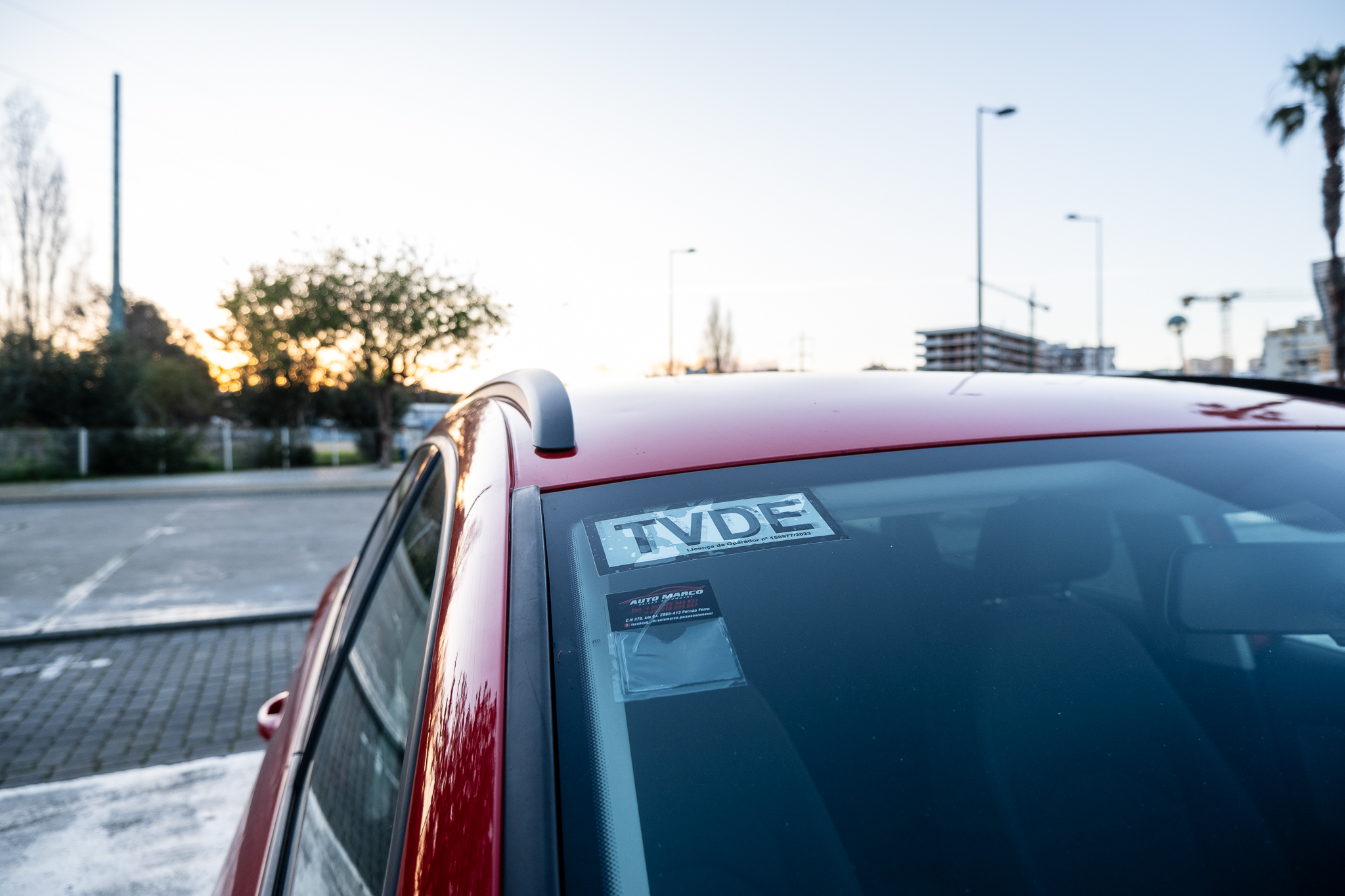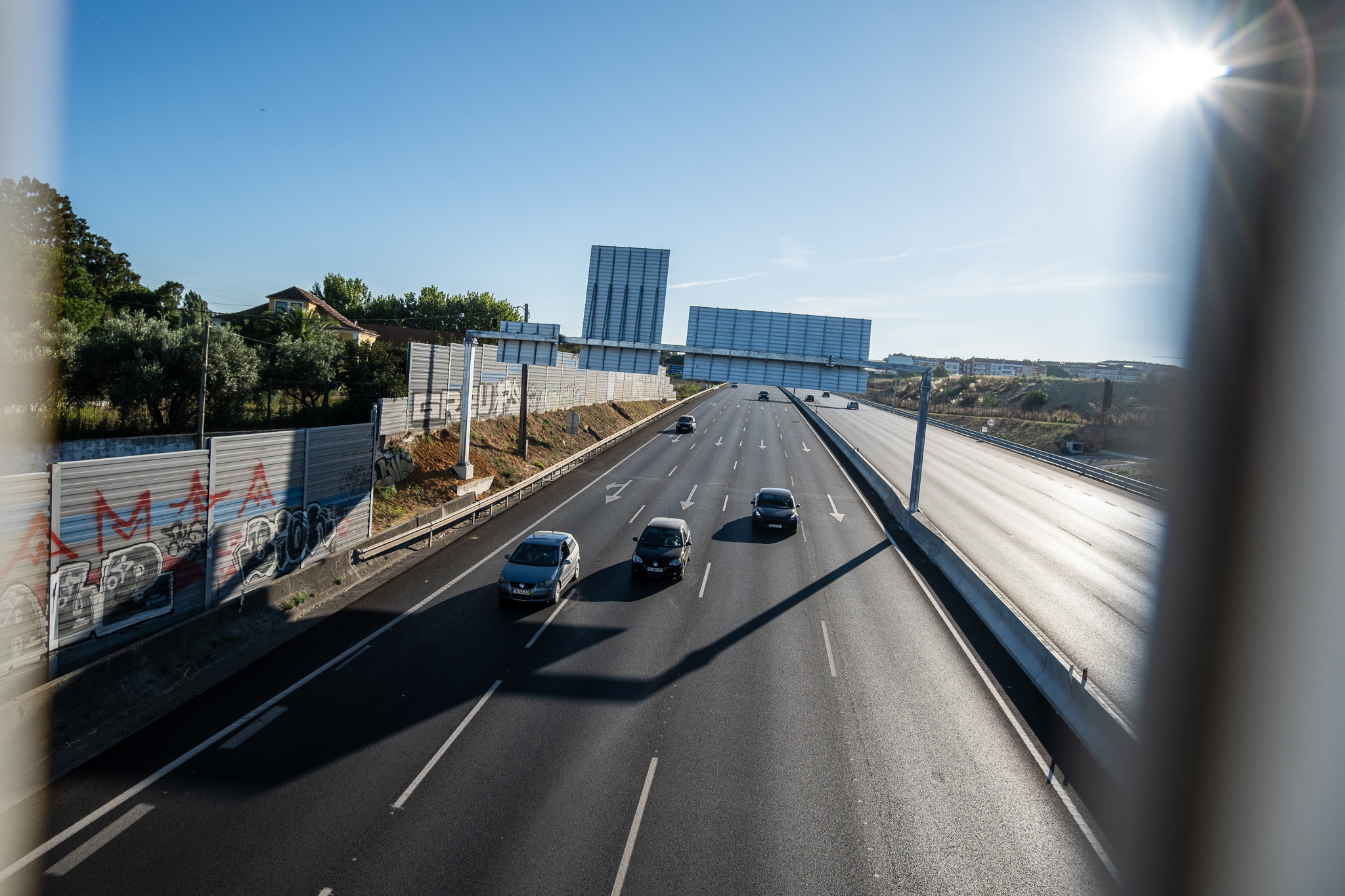Carris' average speed has fallen again and reached a new historic low in 2023, considering the data from the last two decades. Road congestion and undue parking are slowing down the capital's buses and streetcars, causing Carris to lose time and money.
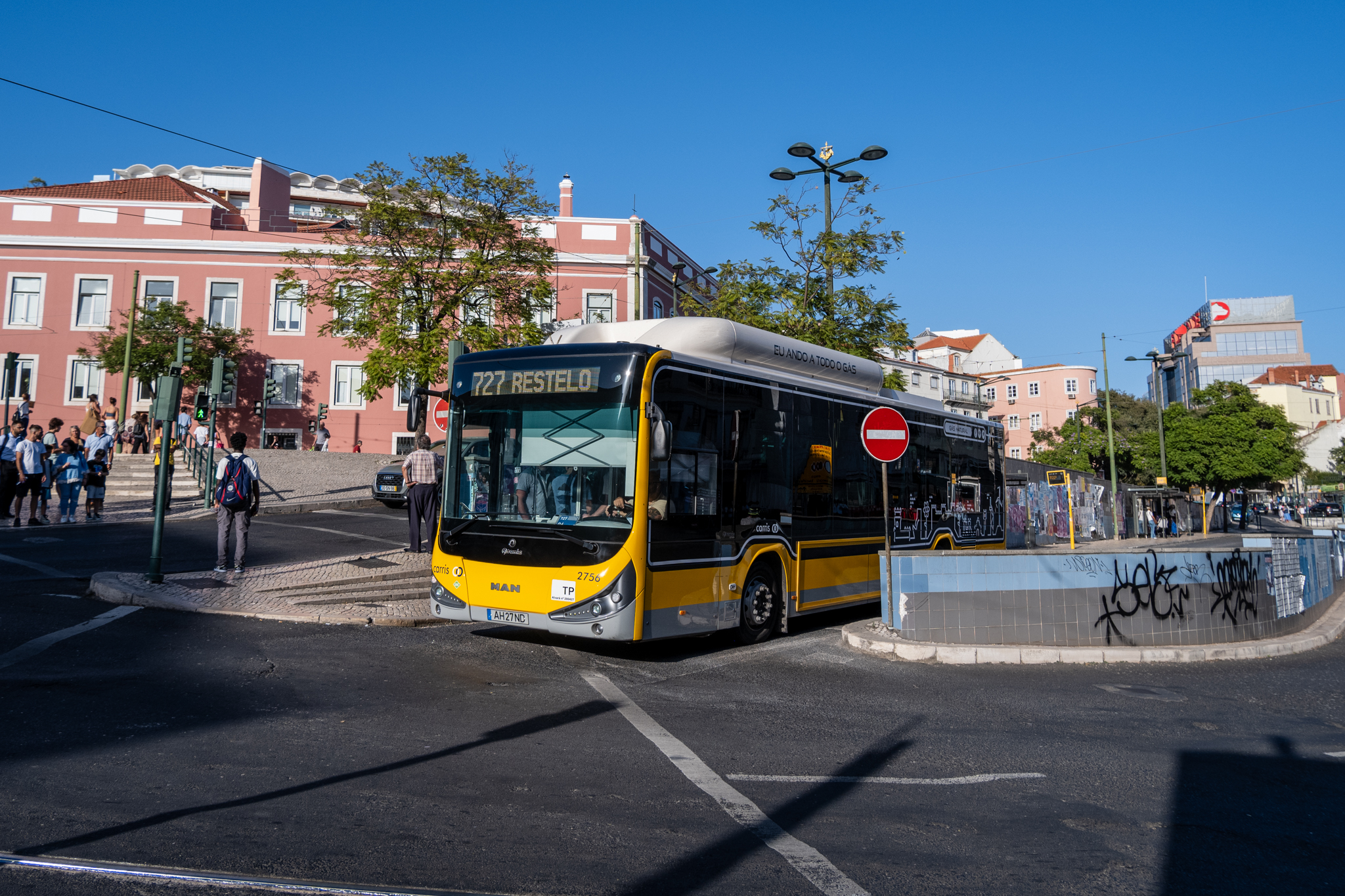
Carris runs slower today than it did two decades ago. The average speed of Lisbon's buses and streetcars has gone up again decrease from 2022 to 2023after having already fallen during the previous period. Car congestion is to blame, as is improper parking. It was only in the two years of the Covid-19 pandemic that the downward trend - which has been going on since at least 2004 - was reversed, due to the "Atypical peace and quiet" that have taken place in the city.
The evolution of Carris' average speed over time can be seen by reading the accounts reports that the municipal operator publishes every year (a job that the newspaper Público carried out first, not only for Lisbon but also for the rest of the world). also for Porto). The conclusion from the capital's figures is clear: in the last two decades, Lisbon's buses and streetcars have never run as slowly as they did last year. The good news is that if this trend is reversed by speeding up public transport, it is possible, with the same vehicles and drivers, to have a Carris that covers more kilometers, transports more people and save millions of euros a year.
Carris itself admits as much: in its 2023 accounts report, the municipal company writes that it is "if it had been able to operate at an operating speed of 14 Km/h instead of the 13.54 Km/h recorded, it would have been possible to cover +1,246,250 Km of public service since the beginning of the year. In other words, with the same resources (vehicles and crew), Carris would have increased its offer in km by around 3%". The same document states that Carris is "working actively" with the Lisbon City Council "to introduce measures to improve the average operating speed and increase the competitiveness of surface public transport".
The pandemic alone - which has substantially reduced car congestion in the city of Lisbon - has led Carris to improve its average speed to levels above 14 km/h. In 2020, the Lisbon municipal operator signed a "significant improvement" of this indicator and wrote that in that year, "the city appeared with an atypical tranquillity and silence and with an absence of individual transportation never seen before, which in itself facilitated the circulation of the Carris fleet and contributed positively to the results achieved". In 2021, the average speed dropped slightly: "As the city has made progress in deconfinement and with the recovery of services, the indicator has returned closer to the results recorded in 2019"Carris wrote at the time.
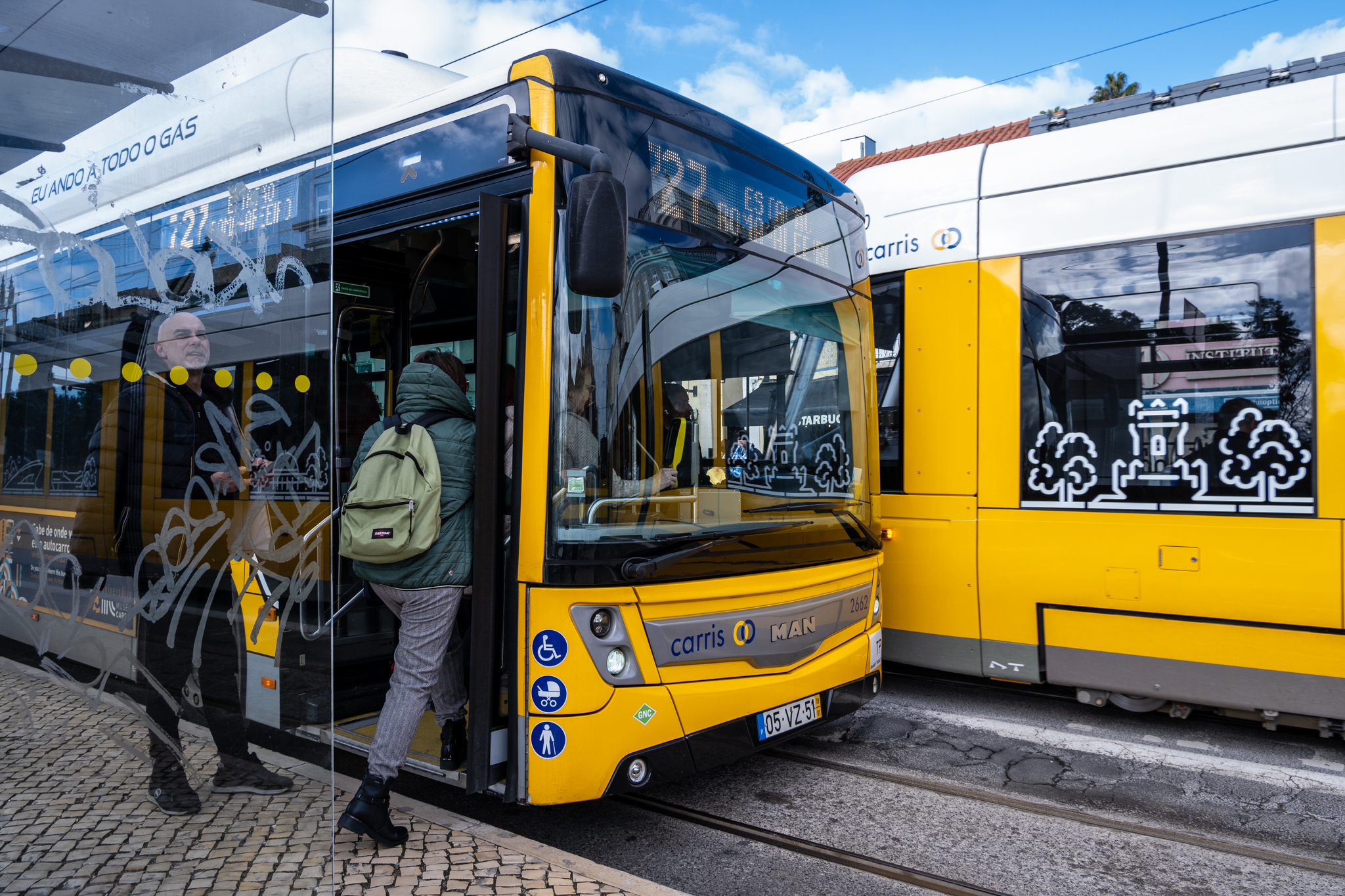
There is no doubt that the shortcomings that passengers complain about so much in the reliability, speed and frequency of Lisbon's buses and streetcars are due to excessive car traffic in the city. And when that factor is removed, the speed of Carris improves. But there are other externalities impacting on this indicator, namely the bad parking and the undue occupation of BUS lanes. In the accounts report for 2016, the last year in which the average speed was, in round figures, at 14 km/h, Carris recorded a new slowdown with obvious causes: "increased congestion, resulting from the increase in the number of cars in the city, construction work and undue parking".
The company detailed the following: "the number of interruptions to bus and streetcar traffic due to badly parked vehicles increased by around 8% compared to the previous year, (...) corresponding to 1,041 hours of traffic disruption and affecting around 1,500 vehicles, with the average duration of each interruption being almost an hour". In the same document, he mentioned that "maintaining the operation, in partnership with the Municipal Police, of the team of 'vigilantes' to monitor BUS corridors and to control irregular parking at stops or in places where it hinders the movement of public transport" was, "although insufficient for the overall improvement of public transport, (...) it is absolutely necessary to promote". The Municipal Police will no longer have an active BUS corridor enforcement team.
| Everything | Bus | Electrical | |
|---|---|---|---|
| 2004 | 14.46 km/h | 14.75 km/h | 10.18 km/h |
| 2005 | 14.47 km/h | 14.76 km/h | 10.33 km/h |
| 2006 | 14.35 km/h | 14.61 km/h | 10.49 km/h |
| 2007 | 14.30 km/h | 14.56 km/h | 10.48 km/h |
| 2008 | 14.54 km/h | 14.67 km/h | 10.15 km/h |
| 2009 | 14.33 km/h | 14.62 km/h | 10.17 km/h |
| 2010 | 14.36 km/h | 14.65 km/h | 10.28 km/h |
| 2011 | 14.39 km/h | 14.68 km/h | 10.39 km/h |
| 2012 | 14.35 km/h | 14.66 km/h | 10.33 km/h |
| 2013 | 14.30 km/h | 14.61 km/h | 10.27 km/h |
| 2014 | 14.24 km/h | 14.55 km/h | 10.30 km/h |
| 2015 | 14.18 km/h | 14.49 km/h | 10.26 km/h |
| 2016 | 13.99 km/h | 14.35 km/h | 9.56 km/h |
| 2017 | 13.90 km/h | 14.30 km/h | 9.18 km/h |
| 2018 | 13.85 km/h | 14.29 km/h | 9.07 km/h |
| 2019 | 13.79 km/h | 14.23 km/h | 9.25 km/h |
| 2020 | 14.12 km/h | 14.47 km/h | 10.01 km/h |
| 2021 | 14.10 km/h | 14.47 km/h | 9.57 km/h |
| 2022 | 13.77 km/h | 14.15 km/h | 9.13 km/h |
| 2023 | 13.54 km/h | 13.88 km/h | 9.09 km/h |
Reading Carris's financial reports over the last 20 years, one finds the same story repeated from year to yearThe average speed is decreasing, due to car congestion, abusive parking, the occupation of BUS corridors and also works in the city. Improvements are noted, for example, on the axis between São Sebastião and Arco do Cego, where there is now a dedicated BUS corridor, but the problem of buses and streetcars running too slowly has been identified for at least two decades without any apparent resolution - neither by the PS municipal executives nor by Carlos Moedas' current administration.
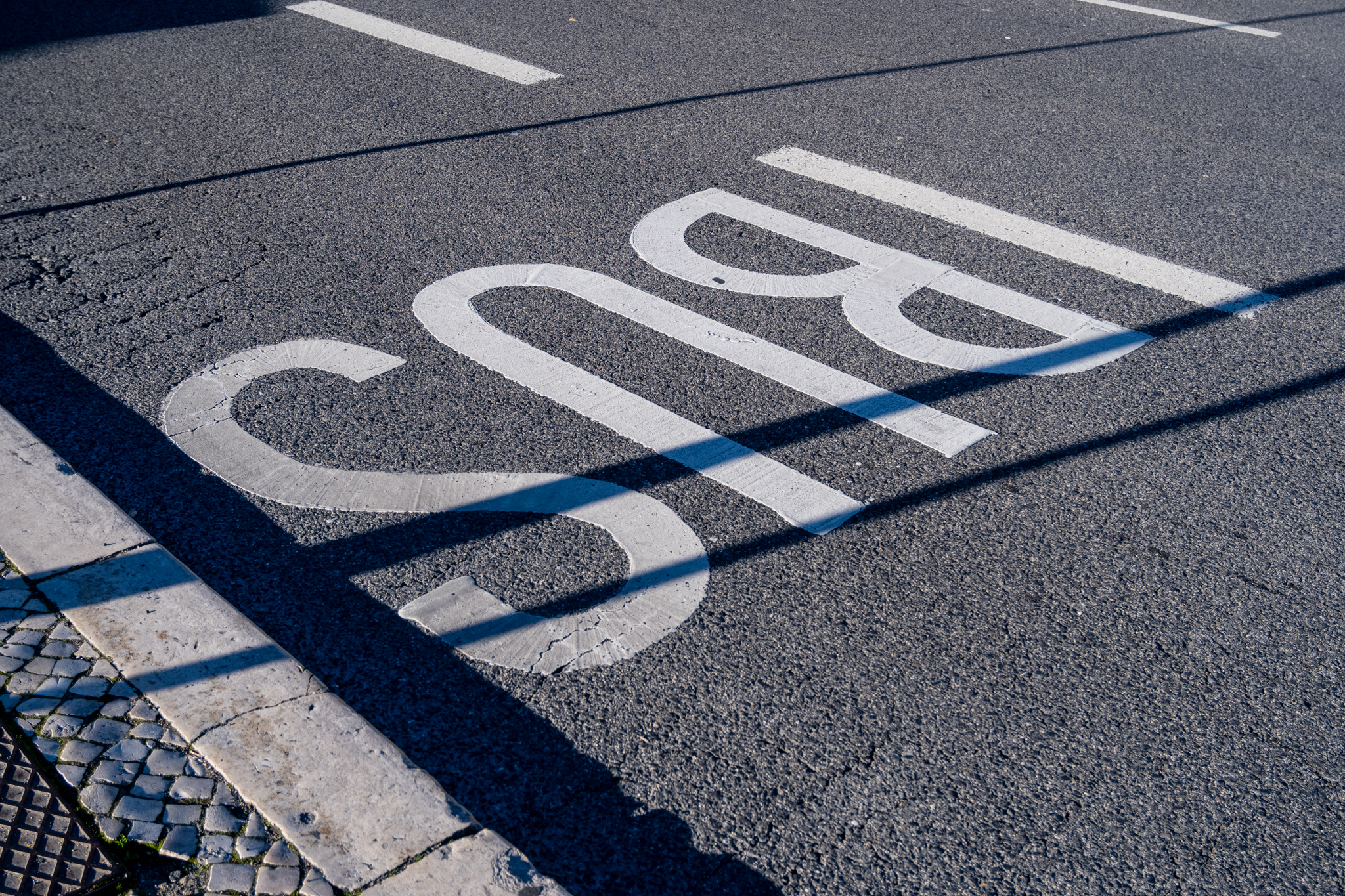
For Carris, the "increasing commercial speed, which presupposes the creation of reserved lanes to improve the circulation and frequency of public transport, namely through the implementation of more BUS lanes"is a critical factor in the success of the company's operations.
In Lisbon, there are currently around 75 kilometers of BUS corridors - number that is expected to increase over the next four years, according to the company business plan for 2024-2027. Carris also intends to implement a new inspection project in partnership with the Municipal Police and EMEL, not only for bus lanes but also for bus stops. The company recognizes that "improper use and occupation" of these spaces "has a negative impact on compliance with planned timetables, regularity of supply and customer satisfaction and, at the same time, increases fuel consumption and maintenance costs, which must be mitigated". Carris is also preparing with the Lisbon City Council to introduce new traffic light intersections that prioritize buses.
However, no matter how much effort the bus companies make, without reducing the number of cars in the city, it will be difficult to have fast and reliable buses and streetcars.

